Recently I have encountered several situations where borrowers just flat out lied about their intent to occupy the subject property as their principal residence. The brokers were caught without sufficient evidence in their files that they properly verified the intent to the best of their ability. Thus, this affidavit was born. It covers both those who state their intention as owner occupied, and those who state their intention as non-owner occupied. If you put this on your letterhead and have it executed at closing it would be hard for a fraudulent minded borrower to point the finger back at you.
If this has happened to you and you need my help, contact me at nl@lockelaw.us
That’s it for now.
Here is the form. It is designed as a crystal clear WARNING.
“Do you intend to occupy this property as your principal residence?” or “Do you intend for this property to be non-owner occupied?”
These questions, indicated by check boxes on most mortgage loan applications, might seem straightforward. But if you misrepresent your intention, it is a crime known in real estate lingo as “occupancy fraud.”
Occupancy fraud occurs when a borrower says he or she plans to live in a home, all the while knowing the property will be rented out. The key here is to note “all the while”. People can change their minds, but they will need to show compelling evidence that at the time they applied, closed, and funded the deal they absolutely intended for the property to be either their residence or a non-owner occupied investment property.
Sometimes people change their mind after the fact. That’s less serious than someone intentionally deceiving the lender by providing information indicating they are either going to occupy or not when they truly have the opposite intention.
But it still maybe seen as an unintentional misrepresentation and give rise to a claim for damages by the lender that relied on the borrower’s statement about occupancy or investment use.
Most lenders’ loan documents define owner occupancy as a period of at least one year, but mortgage lenders have flexibility in their guidelines. If you intend to occupy a home, but move out within less than 12 months, you should notify the lender in writing and keep a copy of your letter.
Lenders perceive an owner-occupied transaction to be a safer credit risk than non owner occupied.
ONE LIE on a loan application may trigger a full-blown fraud investigation, and you’ll be facing HUGE negative consequences if you get caught. IT IS A FELONY. But it gets worse. Lying on a mortgage loan application is so serious it can also be considered Money Laundering. ANOTHER FELONY. And then, there is the usual conspiracy charge. THREE FELONIES.
Technically, the mortgage lender could call your loan due and payable, raise your interest rate and payment, or foreclose on your loan. Whatever does or doesn’t happen will be solely at the lender’s discretion.
The lender could file a Suspicious Activity Report (SAR) into the federal government’s Financial Crimes Enforcement Network (FinCEN), a centralized database that financial institutions use to report possible instances of fraud to law enforcement authorities. SARs could become a problem if you make a misrepresentation or outright false statement on a loan application and later want to move to another home or refinance your mortgage.
Understood, this _________ day of ________, 2018;
____________________________________ ___________________________________
Borrower Co-Borrower
___________________________________
Witness
Nelson A. Locke, Esq.
Compliance Services USA
(800) 656-4584
